The Ministry of Education and Training's early announcement of the sample exam structure facilitates the teaching and learning plan and the review process of students. Teachers of the Hoc Mai Education System commented: "The content of the questions in the sample exam has many new elements, many practical application questions appear, closely following the spirit of the 2018 General Education Program".
Literature exam: reduce pressure for candidates
Compared with the sample exam for the high school graduation exam announced at the end of December 2023 and the orientations in testing and assessment activities of the new Program, the reference exam ensures the correct criteria for selecting materials and question matrix.
The reading comprehension section is for a text not in the textbook, accompanied by 5 questions at 4 levels: recognition - understanding - application - high application. The writing section accounts for 60%, students need to write a literary argumentative paragraph and a social argumentative essay (about 600 words). Compared to the sample questions, the literary argumentative questions have changed; from clarifying the characteristics of the genre to analyzing the content. This has somewhat reduced the pressure on candidates taking the exam this year - the first generation of students to study and take the exam under the new Program.
Math problems: many interdisciplinary problems
The test structure consists of 3 parts with 34 questions; multiple choice questions include 12 questions at the recognition and comprehension levels; true/false questions include 4 questions, each with 4 ideas, arranged from the recognition - application levels; short answer questions include 6 questions all at the application level.
The exam has 30% of the questions (12 questions) from the 11th grade program, revolving around topics of spatial geometry; trigonometry; sequences - arithmetic progressions - geometric progressions; exponentials - logarithms; classical probability; graph theory. In particular, the question in the graph theory section (question 2 - part III) is a part of knowledge in the math learning topic - a part of knowledge that not all students are required to study. 70% of the questions (22 questions) of the exam are from the 12th grade program and cover all topics.
Regarding difficulty: the test has 25 questions at the level of recognition - understanding (accounting for about 73%, equivalent to about 6 points). The questions at the level of application (accounting for about 27%, equivalent to about 4 points) focus on practical, interdisciplinary application problems and on the topics of functions, antiderivatives - integrals, probability, spatial geometry and Oxyz geometry.
Physics: Enhanced practical application and practice
The test consists of 40 questions (28 questions) to be completed in 50 minutes, including 18 multiple choice questions with 4 possible answers; 4 true/false questions with 16 questions equivalent to 16 questions; 6 short answer questions. The questions belong to 3 levels of thinking: know - understand - apply with the ratio of 45% - 35% - 25%.
The thinking level is divided into 3 question formats as follows: multiple choice test with 18 questions (accounting for 45%); true/false test, each question has 4 ideas; short answer test with 6 questions (accounting for 15%).
The biggest change in the content of the high school graduation exam from 2025 in physics compared to previous years' exams is that the knowledge content is 100% from the 12th grade program, with no questions from the 10th and 11th grade programs. The question content focuses on reading comprehension, analysis and practical experimentation skills, closely following the nature of physics; at the same time, the questions are also linked to meaningful contexts related to the practice and application of physics in life, science and technology.
Chemistry test: few calculation questions
In terms of structure, the sample test consists of 3 parts with 28 questions equivalent to 40 questions. In terms of scope, the test has 2 questions from the 10th grade program, 2 questions from the 11th grade program; the rest are questions from the 12th grade program.
Most of the questions are developed from the content mentioned in the textbook; some questions are related to the thematic section.
Regarding difficulty: the proportion of recognition and comprehension questions accounts for about 75 - 80%, the proportion of application questions accounts for about 20 - 25%.
The test is not too difficult, but quite long; the content of the questions is more about theory and chemical nature, with few calculation questions; contains many questions related to practical applications.
Biology: requires thinking ability
The exam has significantly reduced the calculation factor compared to the previous exam trend, requiring students to clearly understand the nature, enhance the assessment of reading comprehension, analytical thinking and problem solving. To achieve high scores in biology in the 2025 high school graduation exam, students need to change their review to best respond to the changes in the exam.
The reference test retains the same number of questions as the old graduation exam (40 questions). Time to complete the test: 50 minutes, including 18 multiple choice questions with 4 answers; 4 true/false questions with 16 questions equivalent to 16 questions; 6 short answer questions.
The exam requires candidates to have knowledge from the level of recognition, understanding to application; many questions apply knowledge to life. The questions require more thinking ability, minimizing “non-biological” calculation questions.
Regarding question formats: the test has innovations including 3 new question formats; 15% of questions are within the scope of grade 11 knowledge; 85% of questions are within the scope of grade 12 knowledge.
In general, the reference questions closely follow the requirements of the exam results for high school graduation; at the same time, ensure differentiation to classify candidates.
Source: https://kinhtedothi.vn/de-tham-khao-tot-nghiep-thpt-2025-dung-yeu-cau-dinh-huong-cua-chuong-trinh-moi.html


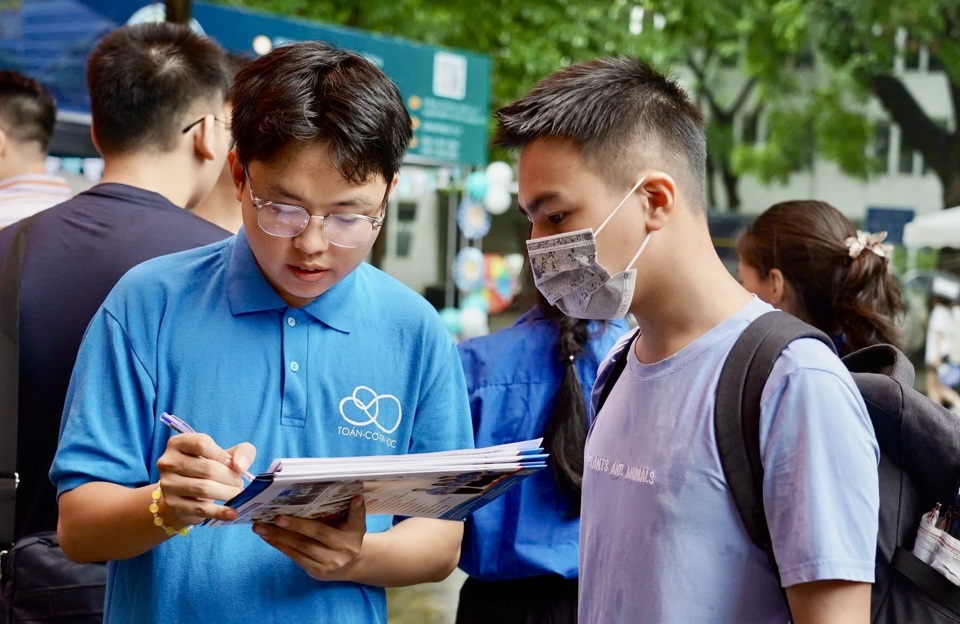
![[Photo] Looking back at the impressive moments of the Vietnamese rescue team in Myanmar](https://vstatic.vietnam.vn/vietnam/resource/IMAGE/2025/4/11/5623ca902a934e19b604c718265249d0)



![[Photo] "Beauties" participate in the parade rehearsal at Bien Hoa airport](https://vstatic.vietnam.vn/vietnam/resource/IMAGE/2025/4/11/155502af3384431e918de0e2e585d13a)

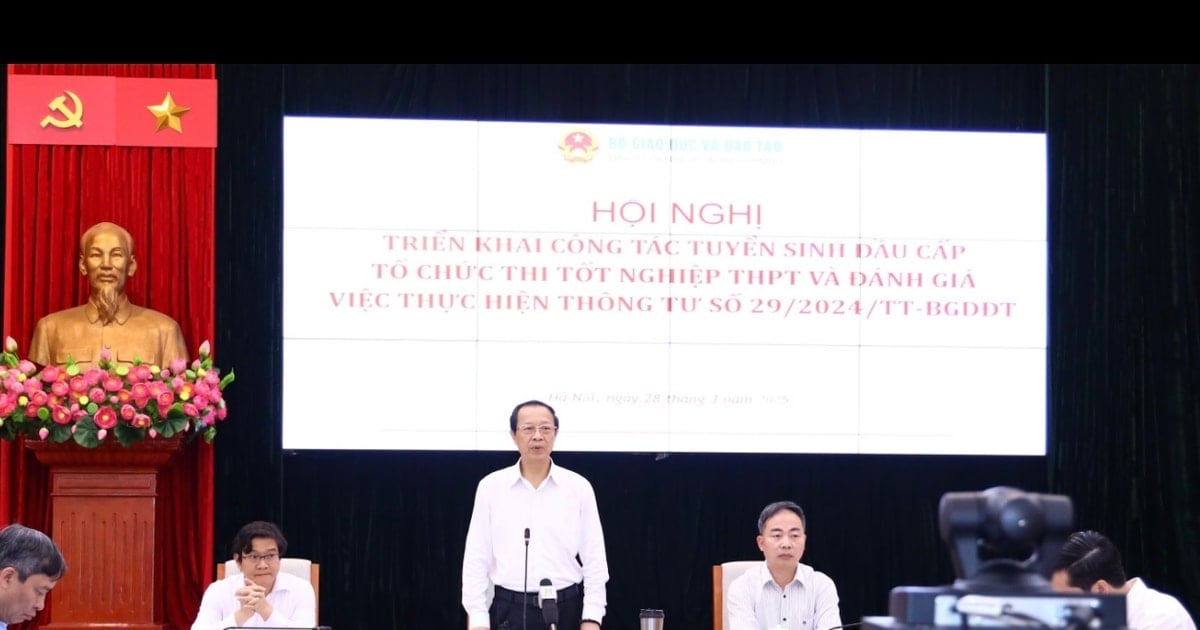



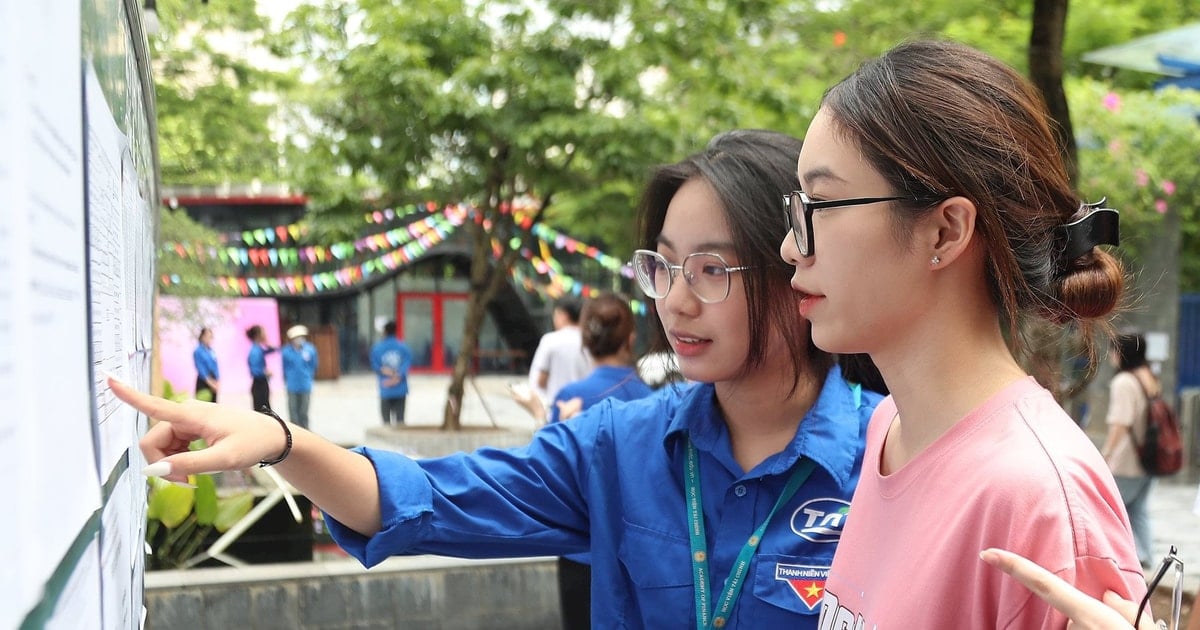
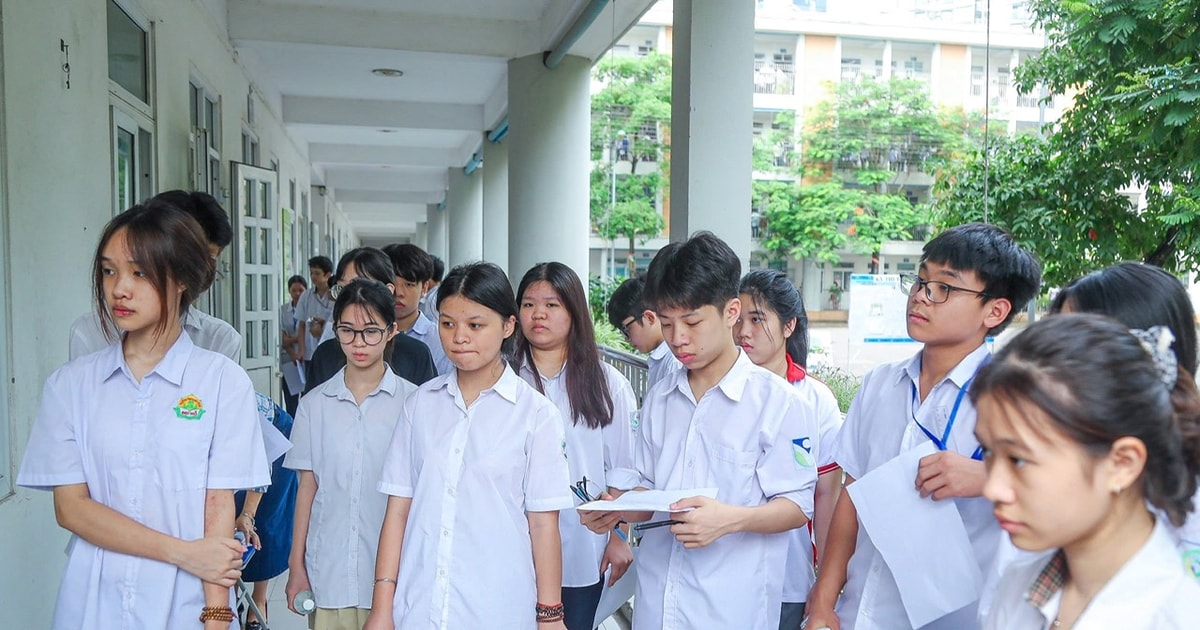



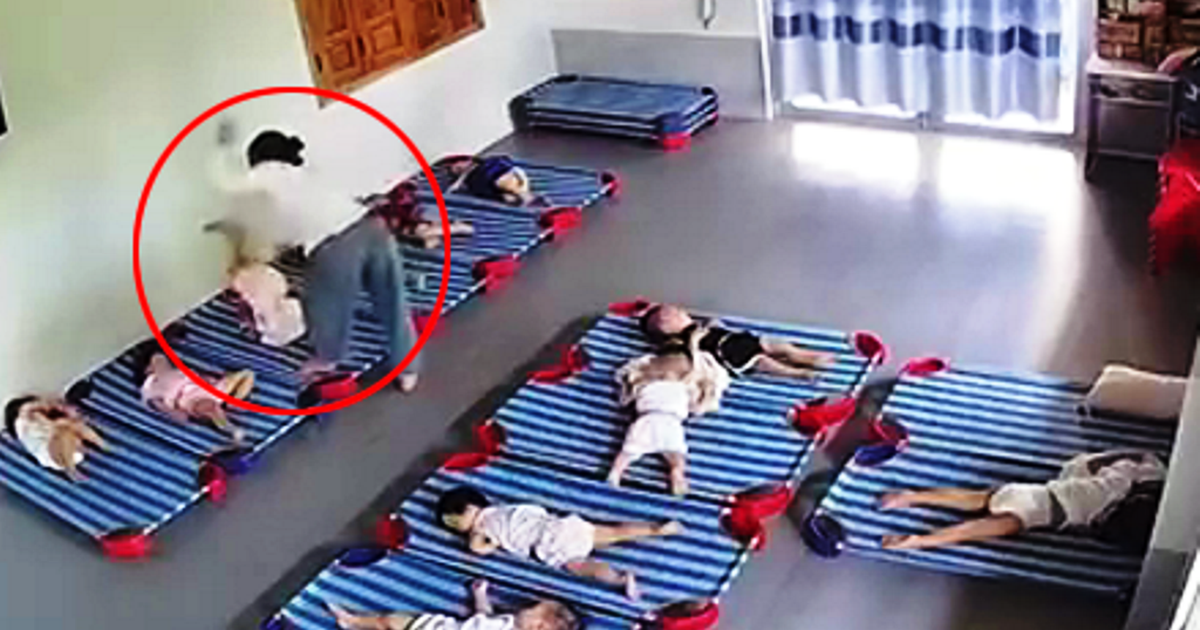
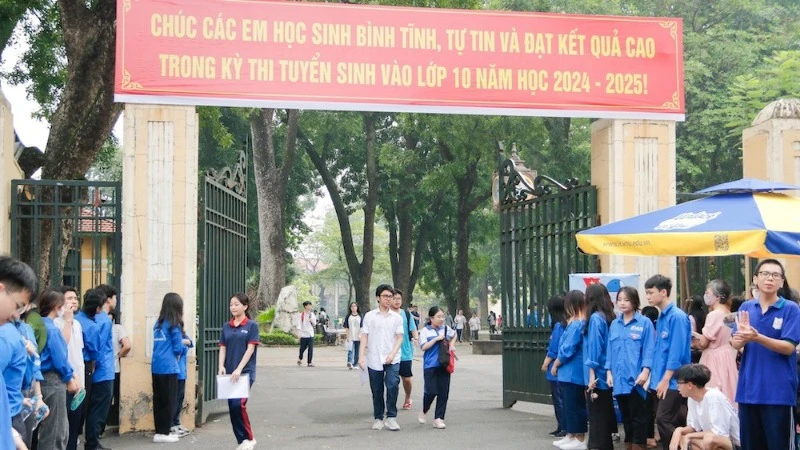

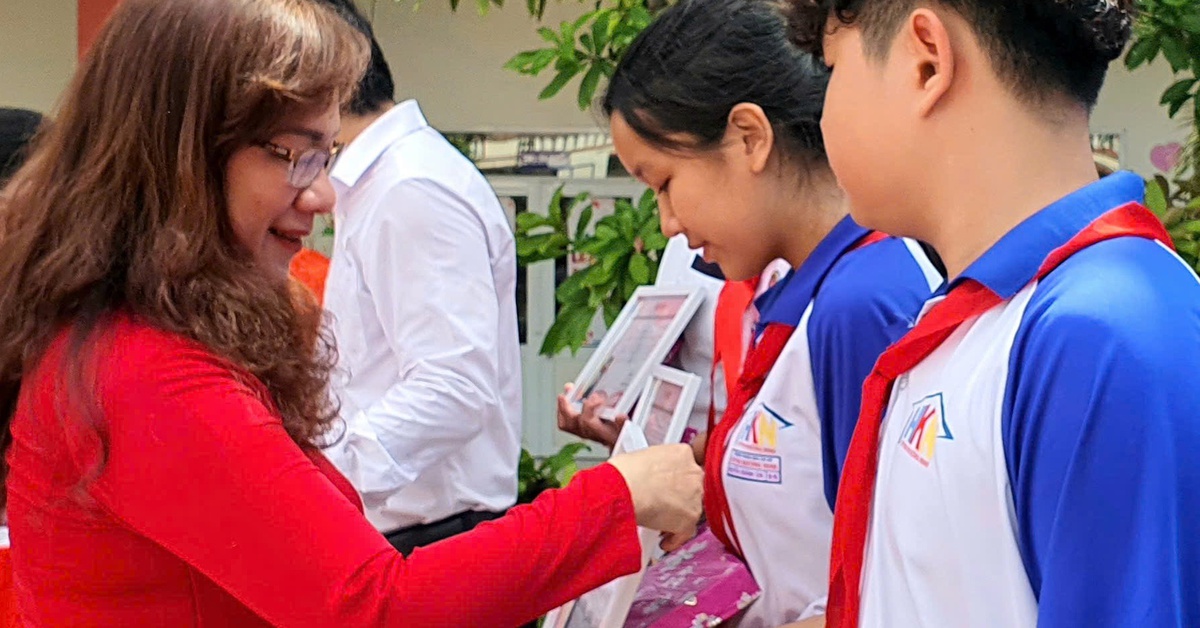

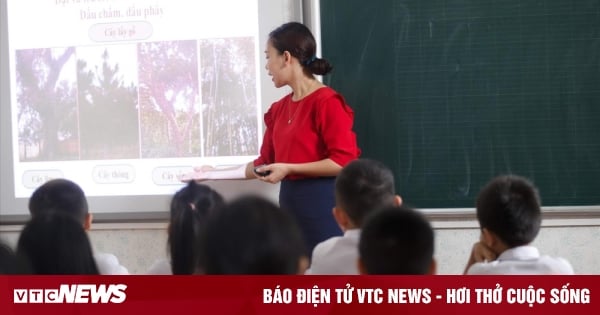






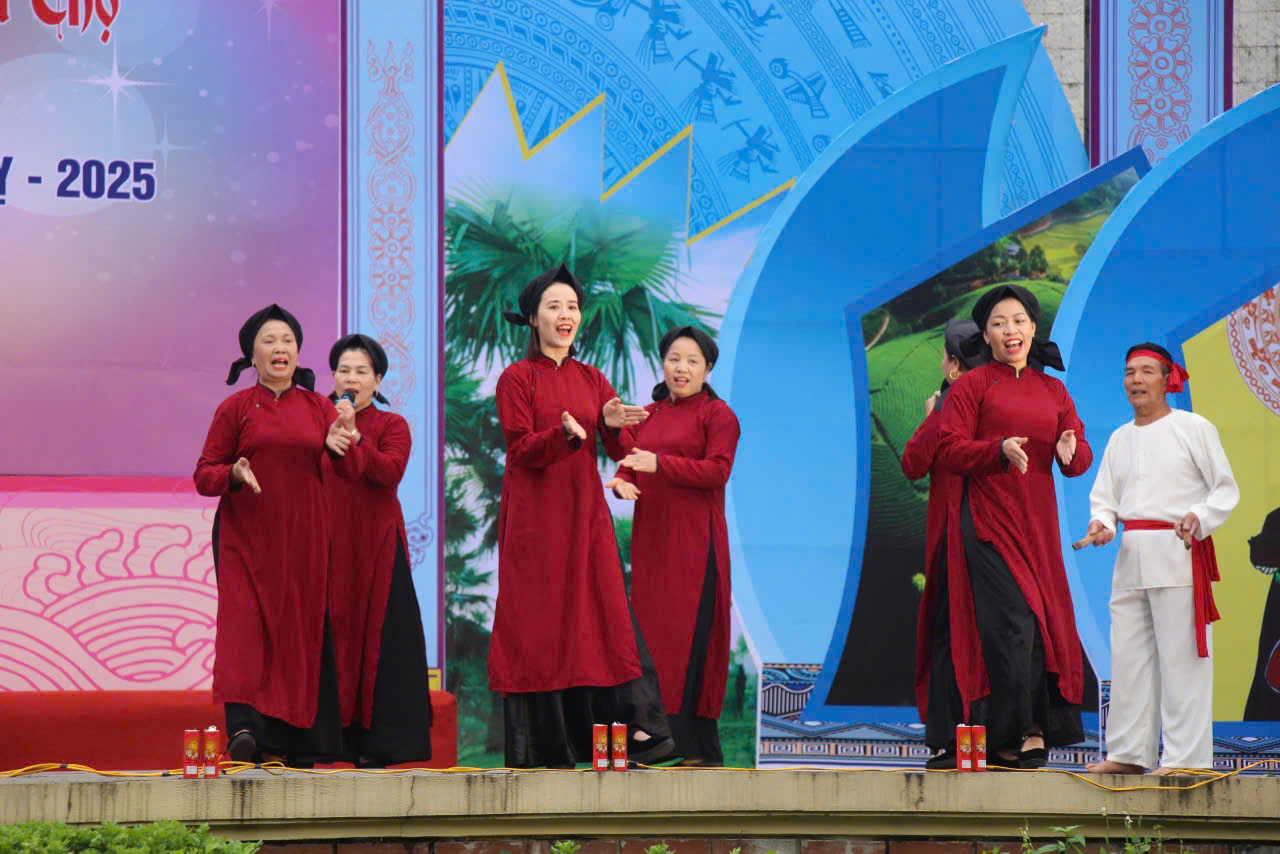


![[Photo] Summary of parade practice in preparation for the April 30th celebration](https://vstatic.vietnam.vn/vietnam/resource/IMAGE/2025/4/11/78cfee0f2cc045b387ff1a4362b5950f)









































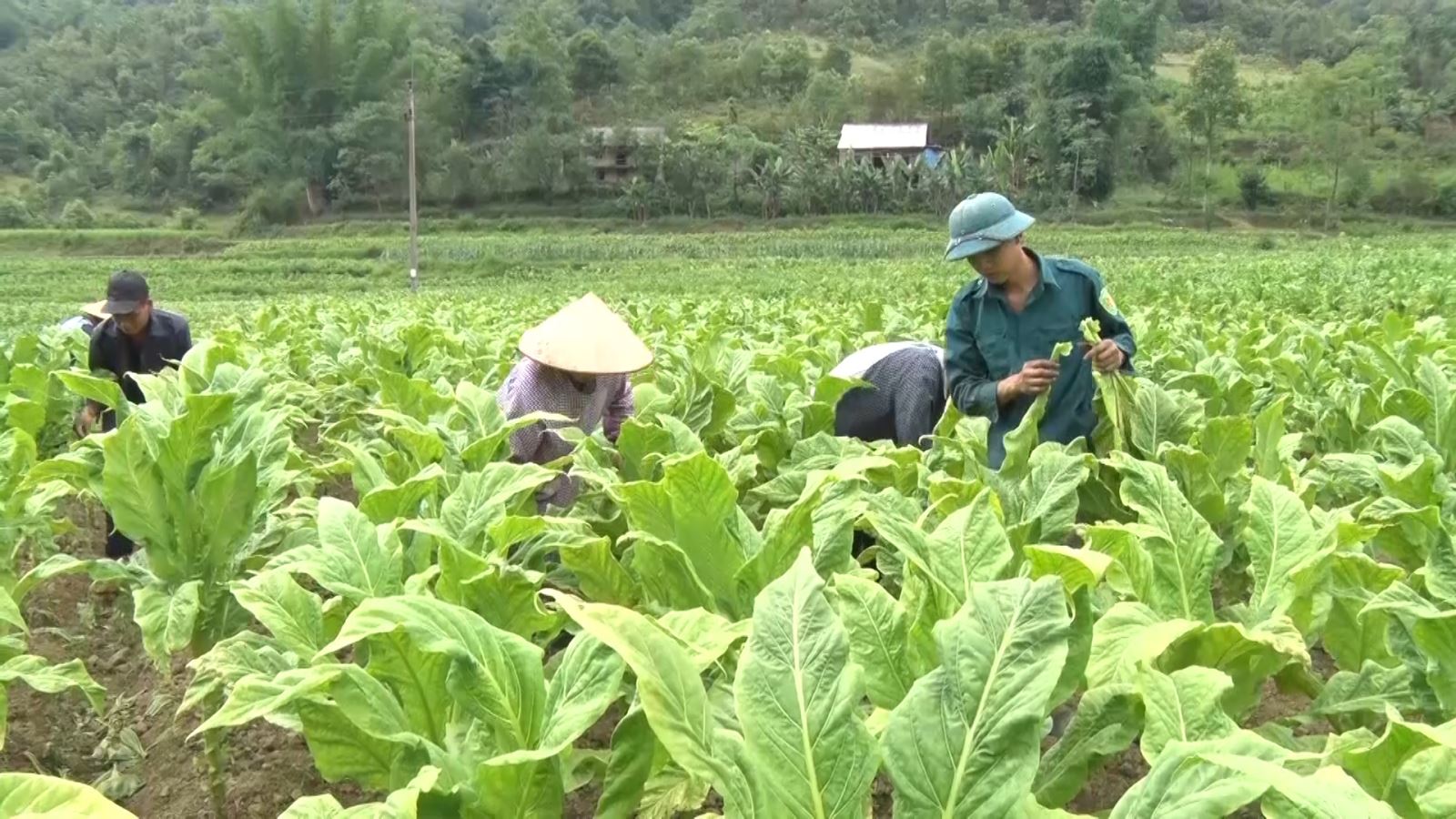




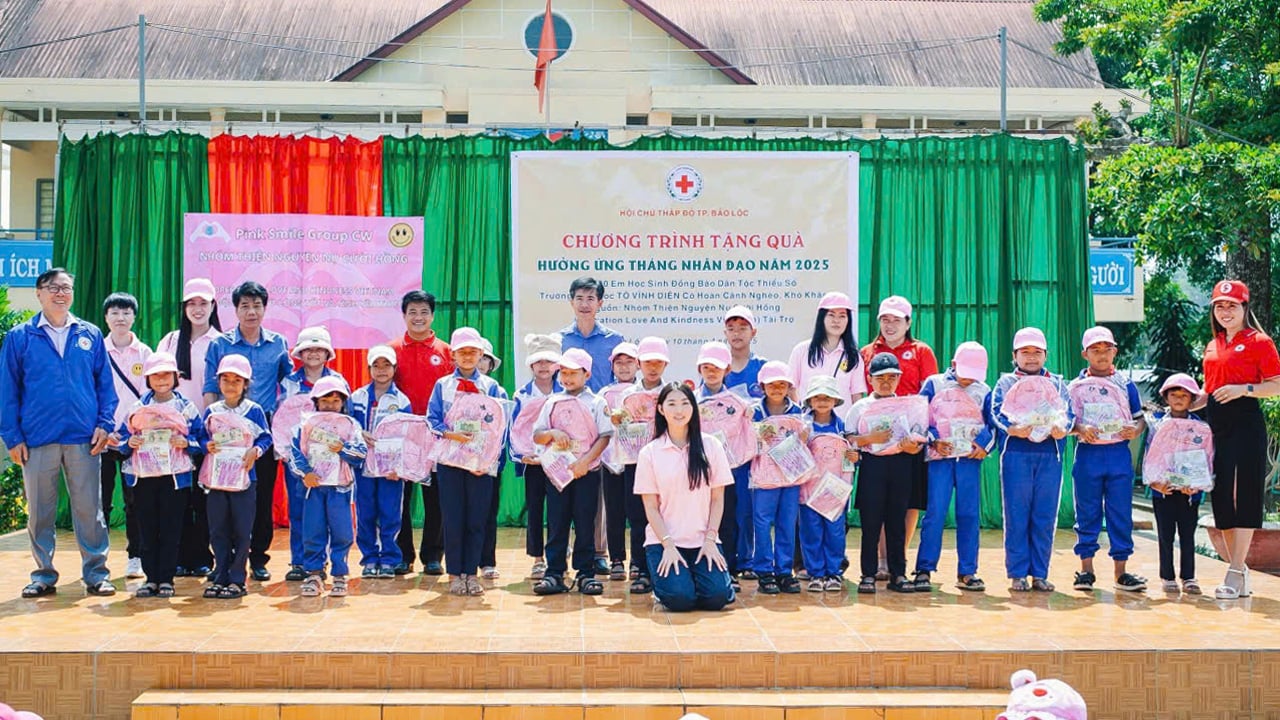













Comment (0)